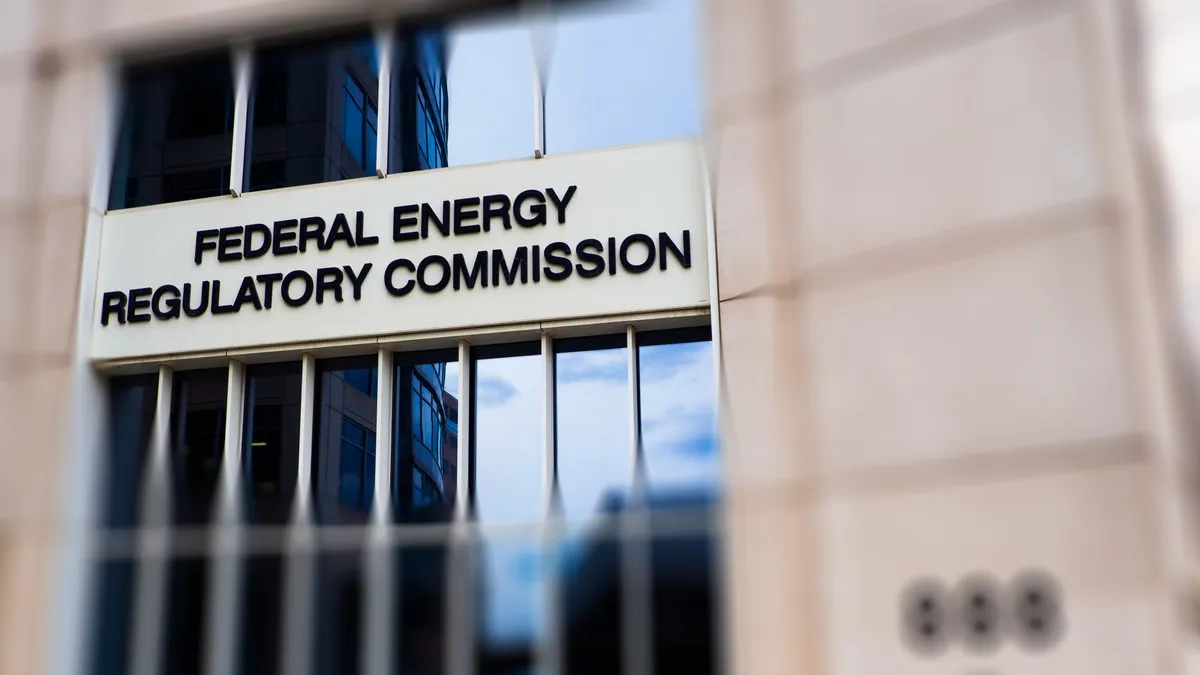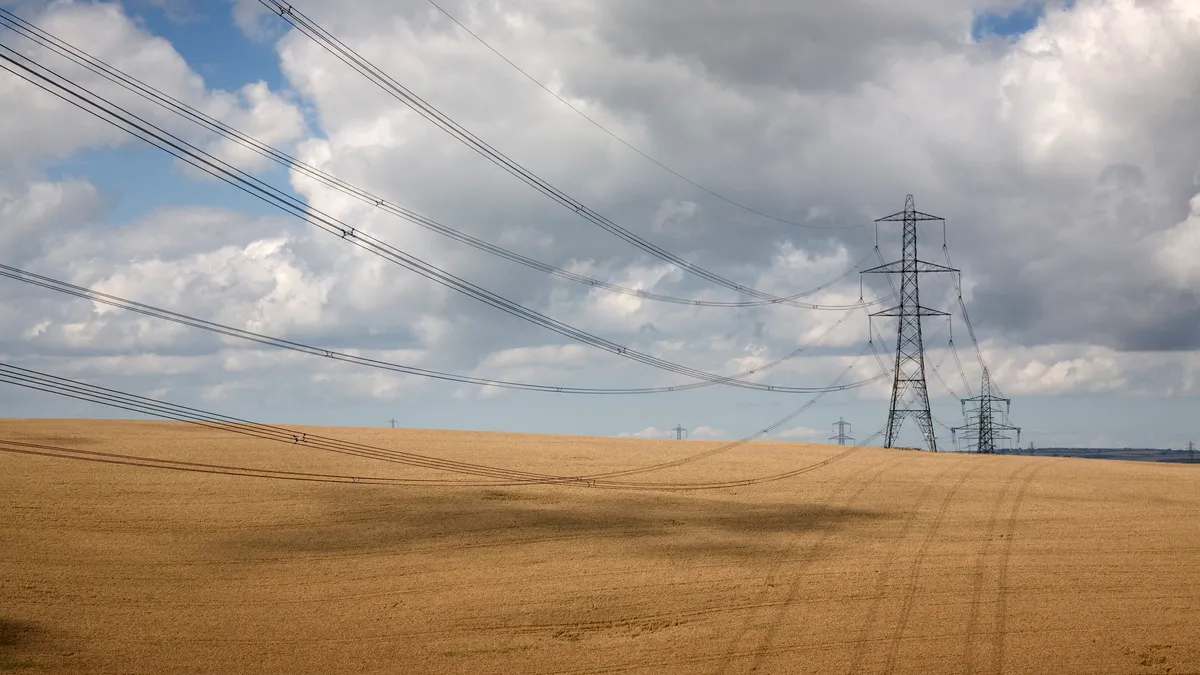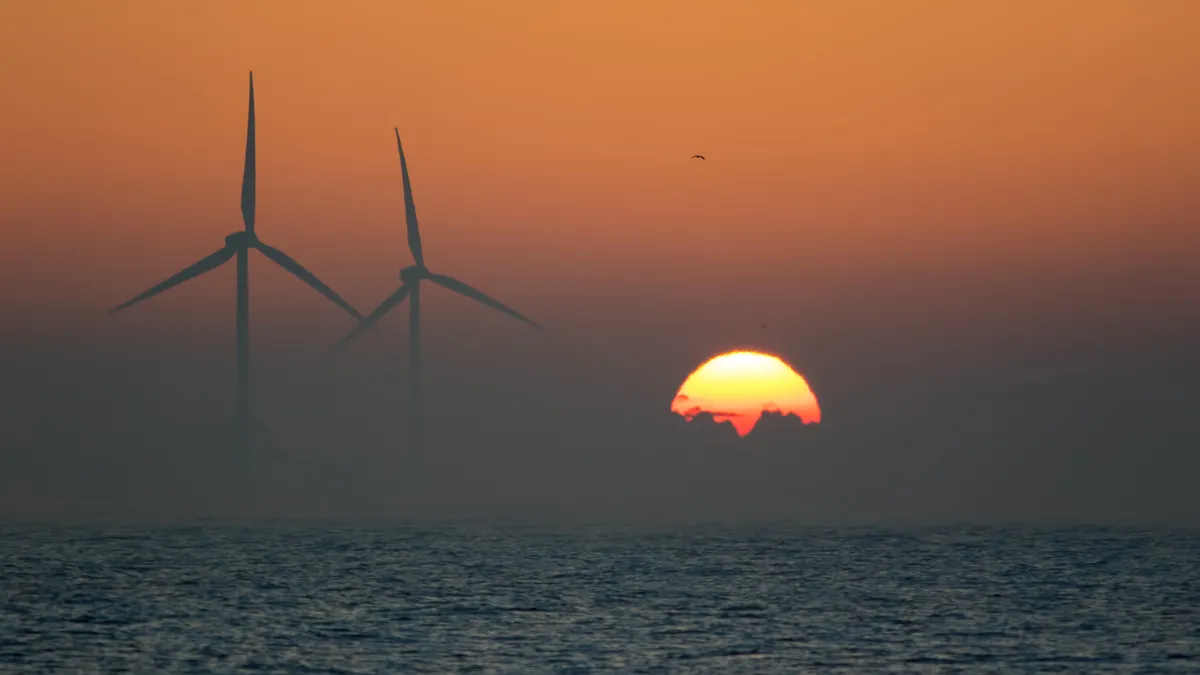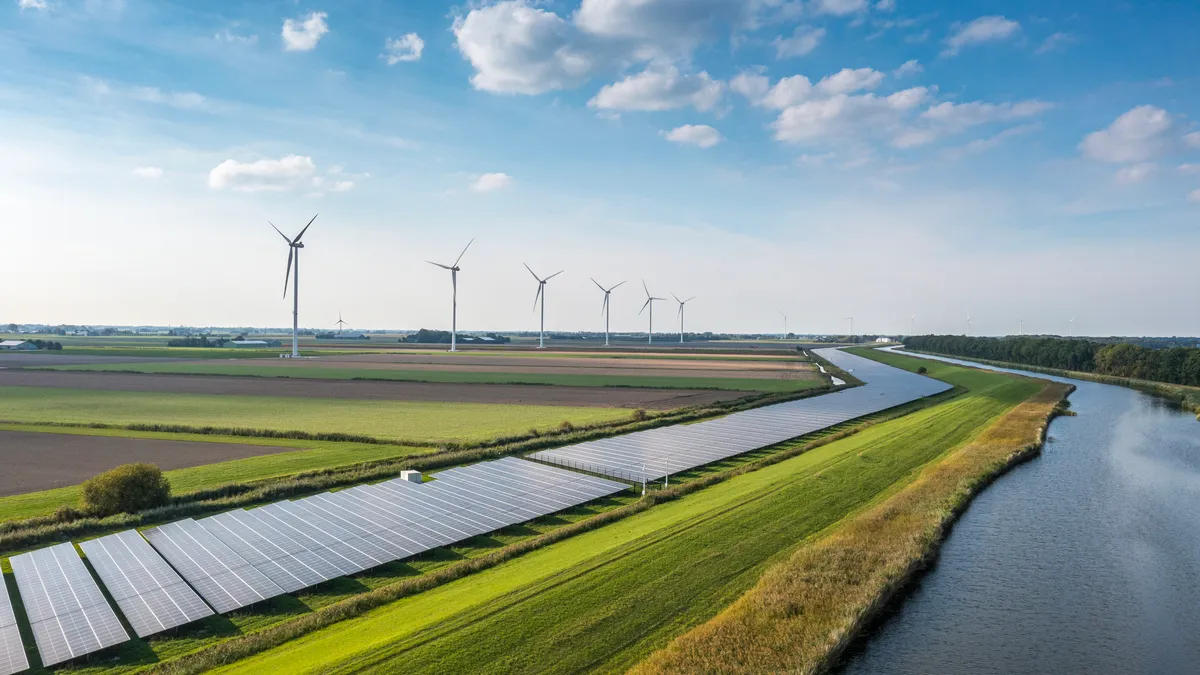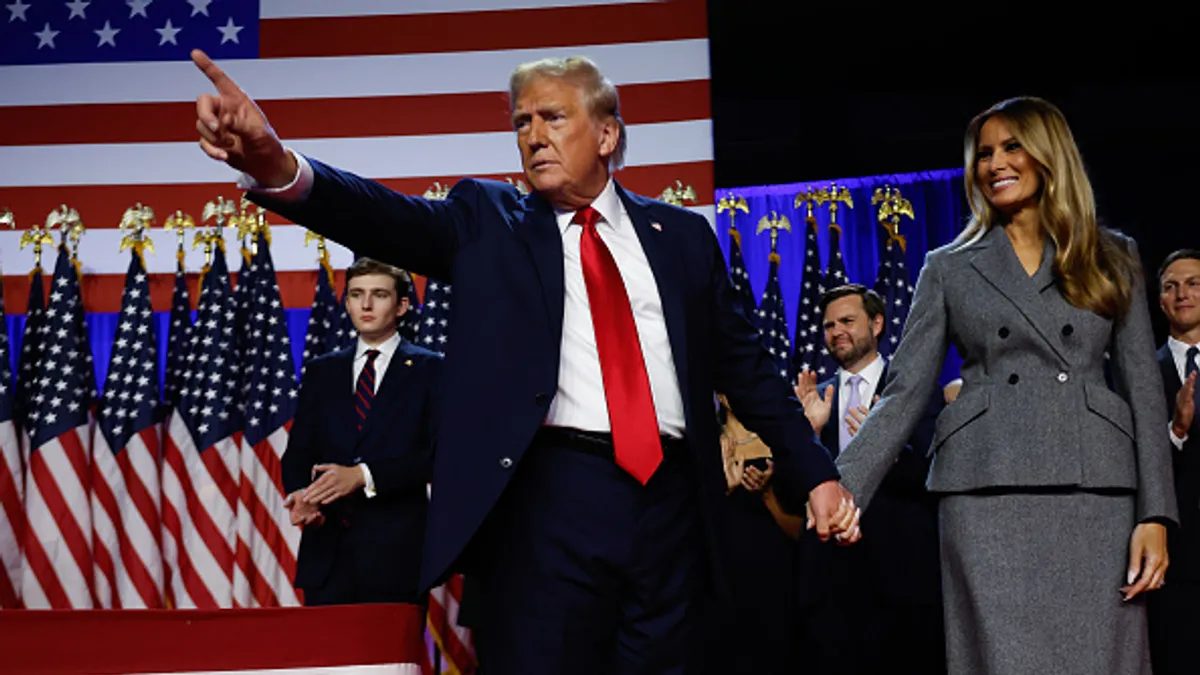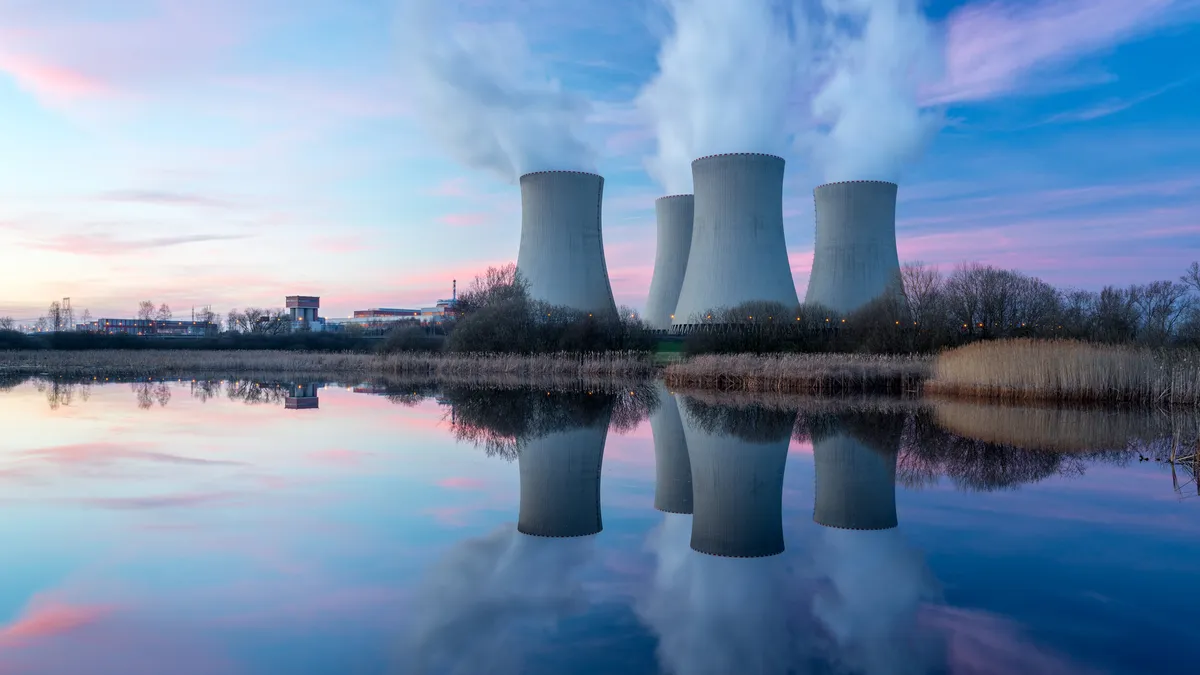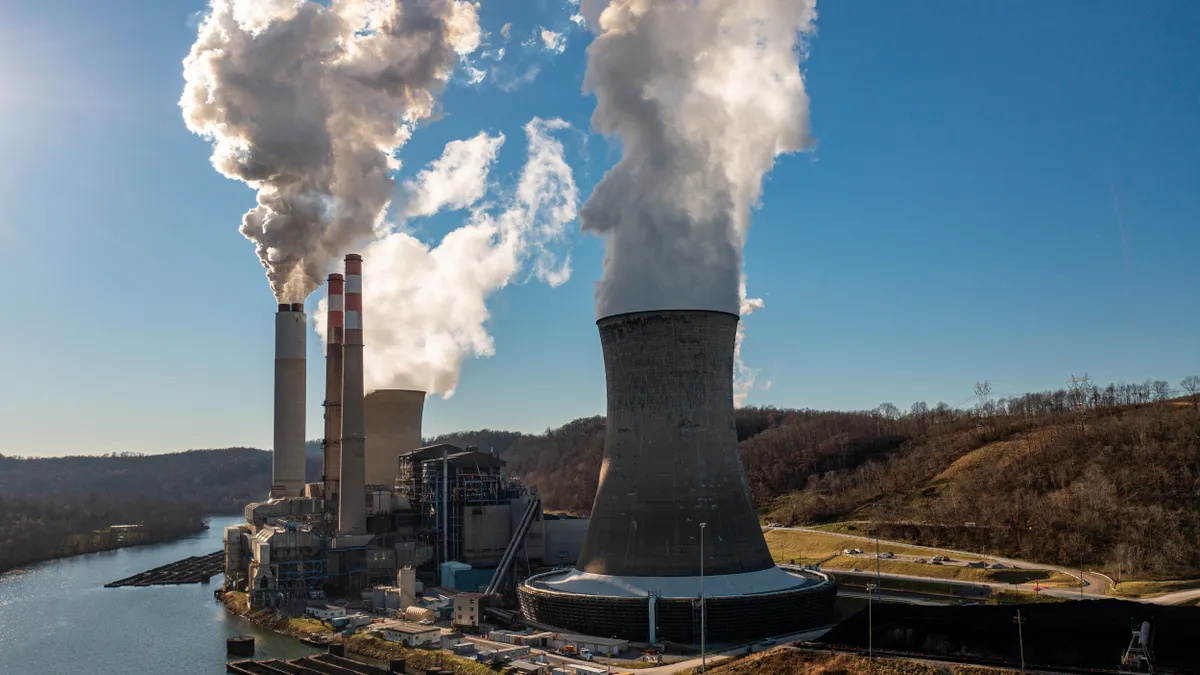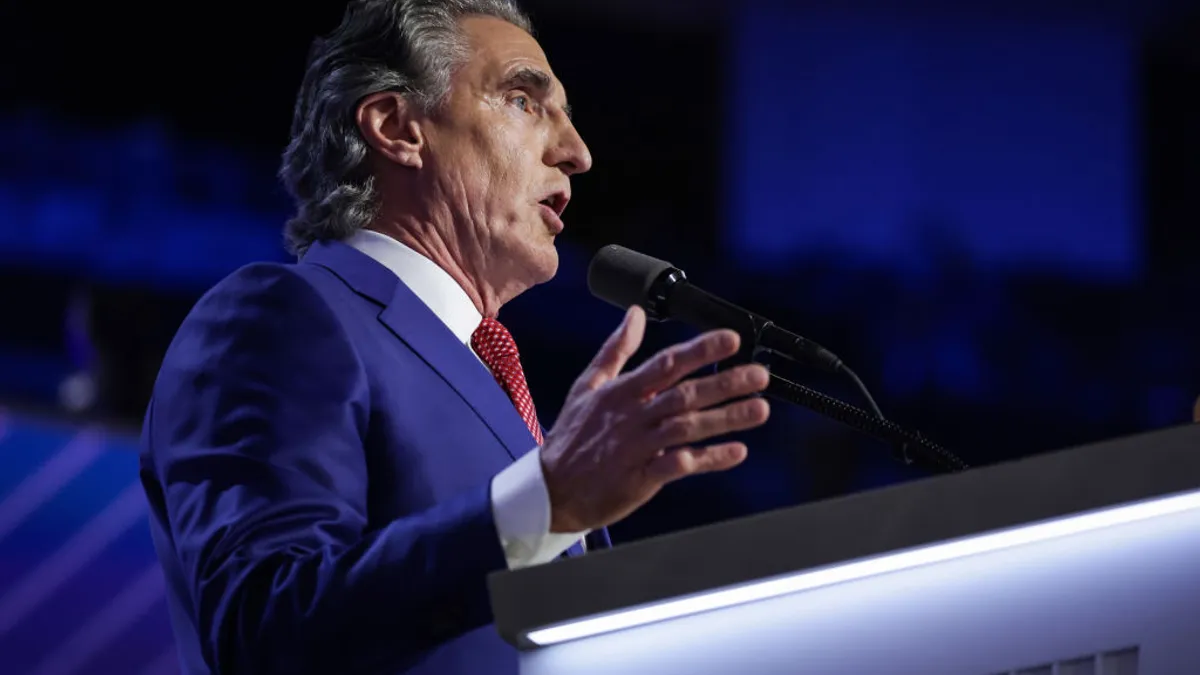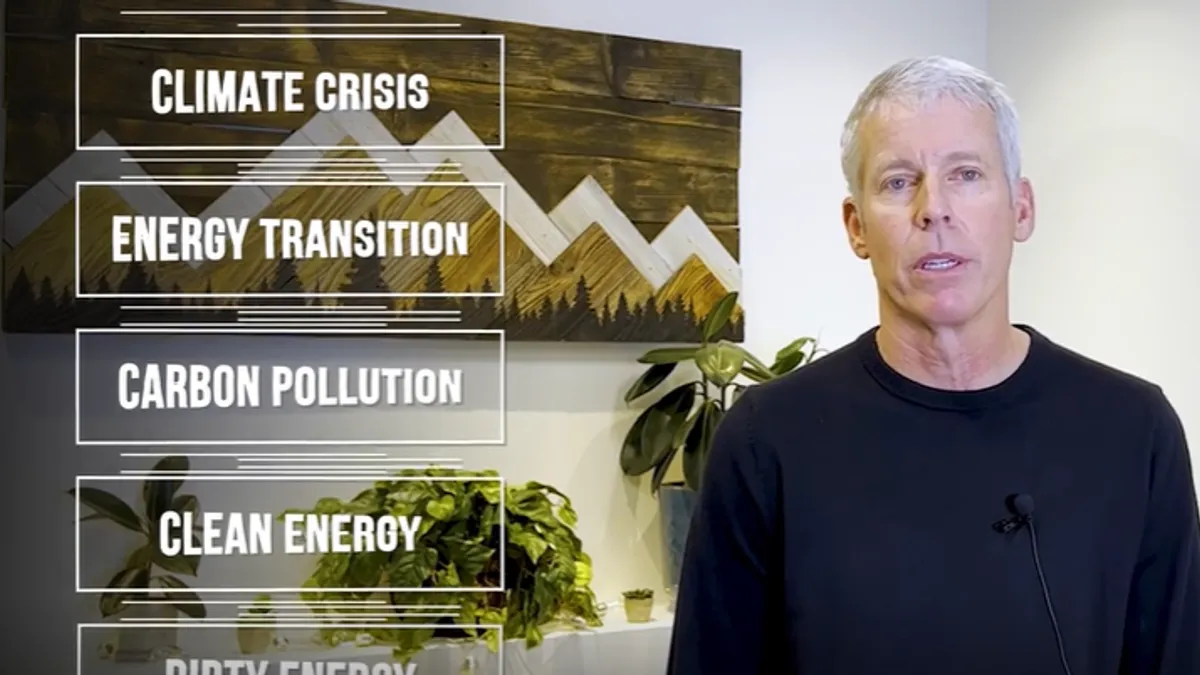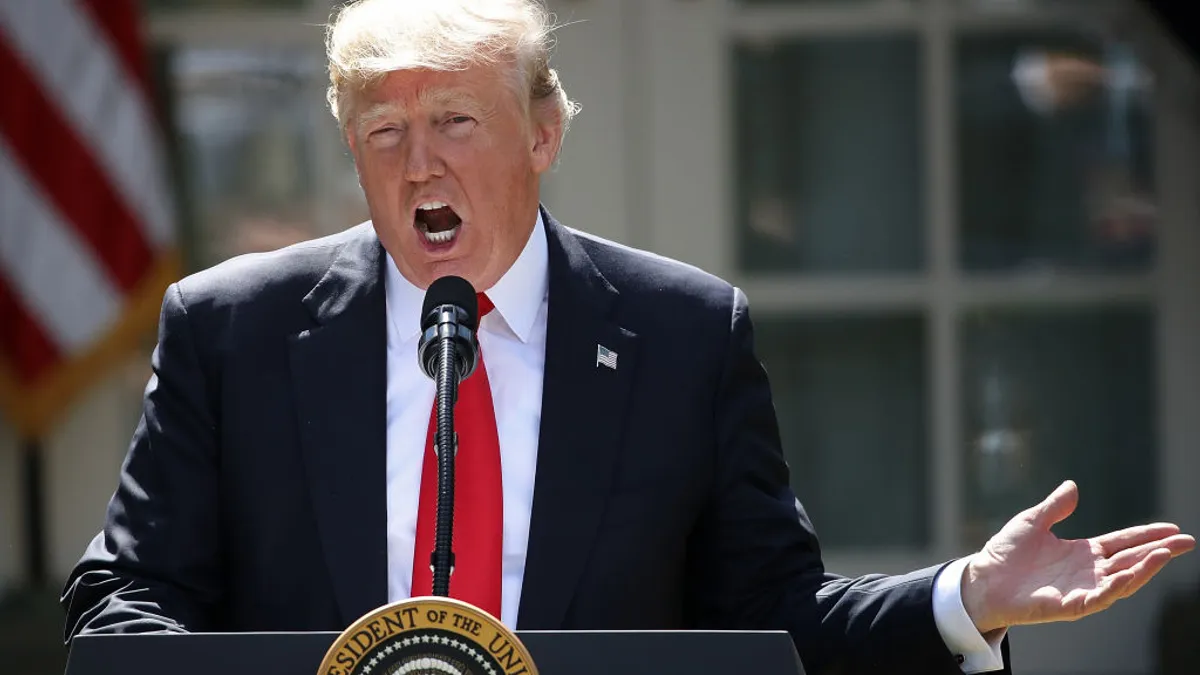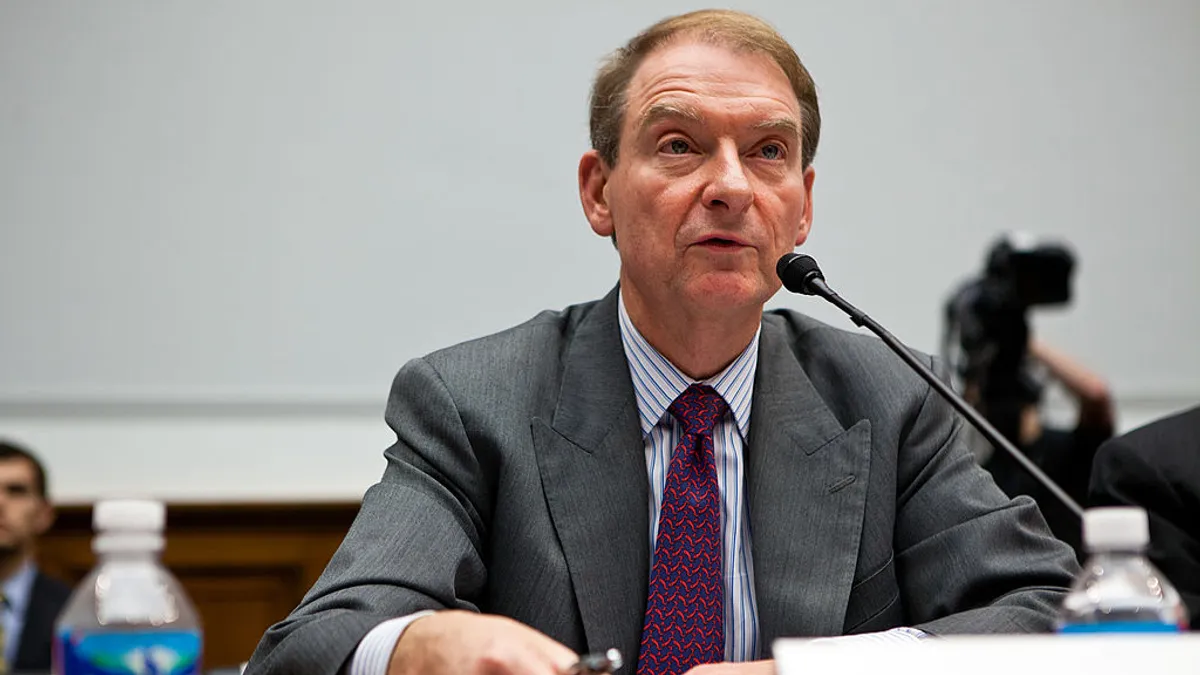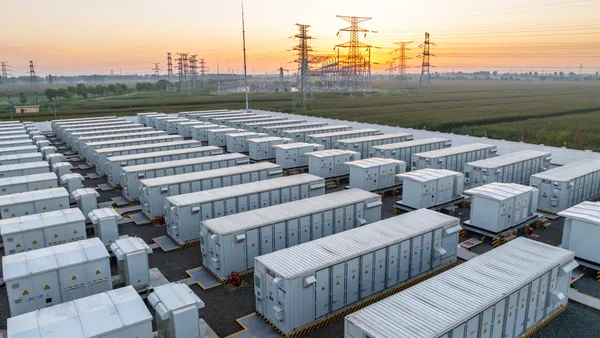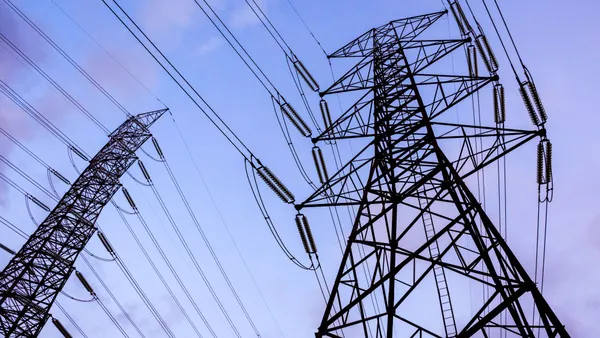Dive Brief:
- Despite his close relationship with Tesla CEO Elon Musk, President-elect Donald Trump’s plan to raise tariffs on imported battery materials could chill near-term energy storage deployment in the United States and threaten the viability of some developers and operators, according to experts interviewed by Utility Dive.
- Uncertainty surrounds the fate of the manufacturing and investment tax credits authorized by the Inflation Reduction Act, but geopolitical considerations and the nascent U.S. clean technology manufacturing boom spurred by the credits could prevent full repeal next year, BloombergNEF Energy Storage Analyst Isshu Kikuma said.
- “The tax credits are less likely to be repealed due to Trump's strong focus on localizing supply chains and the monetary flow currently favoring red and swing states,” Kikuma said.
Dive Insight:
Sweeping tariffs imposed in 2018 and 2019 by the first Trump administration lend credibility to Trump’s threats to impose duties on a broad range of imported goods — including battery materials and energy storage system components — this time around, Gridstor Vice President of Policy and Strategy Jason Burwen said in an interview.
“Anything resembling the magnitude that President-elect Trump or his advisors have indicated” would be detrimental to the energy storage industry, Burwen said. “Gridstor has managed its risk effectively, but many of our peers could be highly impacted if these policy changes came to pass.”
During the campaign, Trump threatened tariffs up to 60% on Chinese-made goods and up to 20% on imports from other countries. A 60% tariff on imports from China would more than double the 25% Biden-Harris administration tariff on Chinese-made battery materials and components set to phase in through 2026. The incoming administration could implement the higher duty even sooner, Kikuma said.
But higher tariffs are unlikely to deter Chinese imports due to still-limited U.S. battery manufacturing capacity, Kikuma said. U.S. energy storage developers and other battery end-users will thus have to contend with higher prices, even as Chinese manufacturers consider evading the tariffs by moving operations elsewhere in southeast Asia and battery production costs decline more broadly, Kikuma added.
The Trump administration and expected Republican Congressional majorities may look to repeal or phase down IRA tax credits to pay for an extension of the expiring Tax Cuts and Jobs Act next year, “but there are still a lot of cards to play before we have a strong sense of how that looks,” Burwen said.
In the meantime, “I would expect most [energy storage developers] to be safe-harboring projects on a near-term horizon,” he added. “What’s driving uncertainty here is what will happen in the future.”
In a worst-case scenario — full repeal of the IRA manufacturing and investment tax credits — BNEF forecasts 185 GW / 755 GWh in energy storage capacity additions in the U.S. from 2025 to 2035, or 15% less than the 218 GW / 883 GWh base case, Kikuma said.
The reality could fall somewhere between the base case and worst case, and “we still expect continued demand for offtake agreements and competitive economics in the future to support [energy storage] uptake” regardless of U.S. policy developments, Kikuma said.
Though Trump has vowed to “terminate” the IRA upon taking office, nearly 20 Congressional Republicans in August urged House Speaker Mike Johnson, R-La., not to repeal its clean energy tax credits. Many signatories hailed from states or districts that have seen significant clean energy investment.
“One thing that’s clear is energy storage and other clean technologies are getting built across the map, and the key question is whether that is something that will perhaps make certain members of Congress more interested in keeping [the credits],” Burwen said.
Also relevant, though more difficult to measure, is Tesla CEO Elon Musk’s increasingly close relationship with Trump, Burwen added. Tesla expects to more than double its energy storage deployment in 2024, Chief Financial Officer Vaibhav Taneja said last month on the company’s third-quarter earnings call.
And regardless of what happens at the federal level, states will continue policy support for energy storage, Burwen said. Sweeping clean energy legislation under consideration in Massachusetts would increase energy storage deployment there to 5 GWh by 2030, while an Illinois bill would set the state’s cumulative energy storage procurement target at 8.5 GW.
Editor’s Note: This story briefly had its teaser in the place of its headline.







